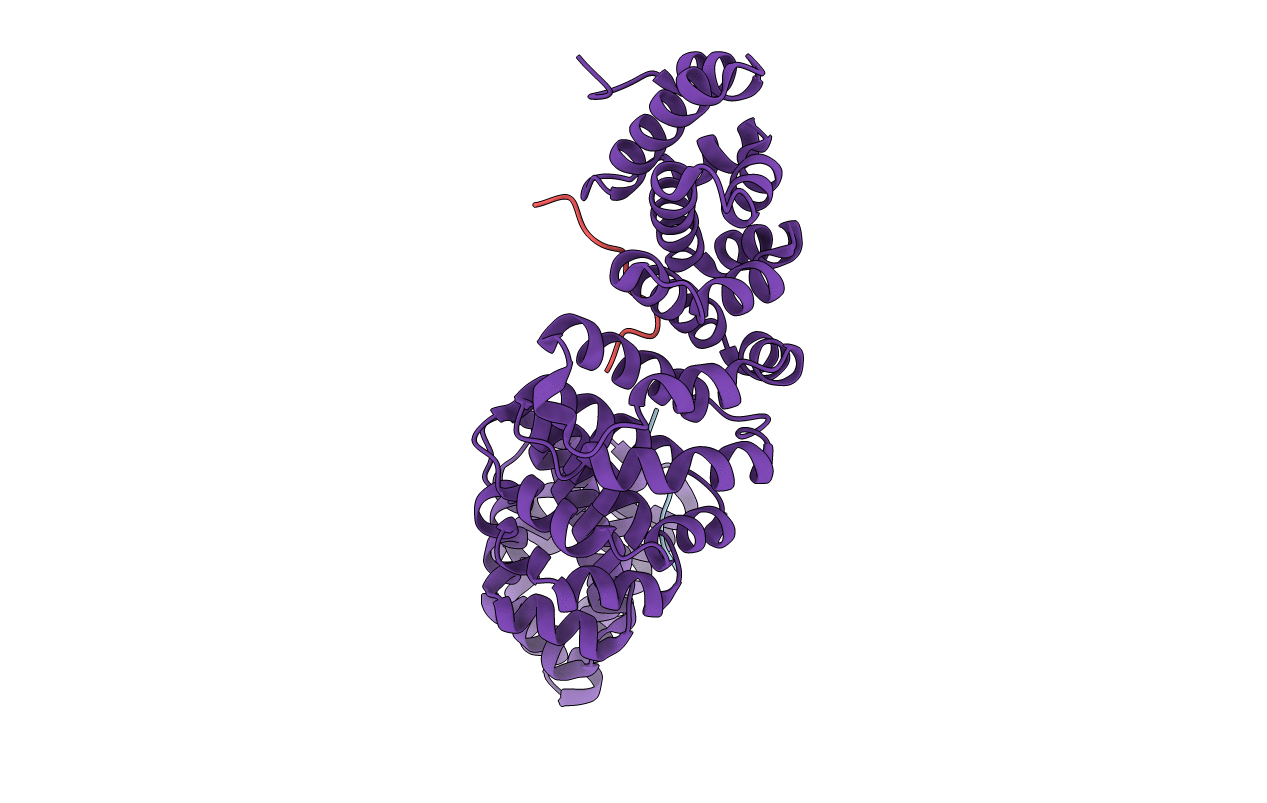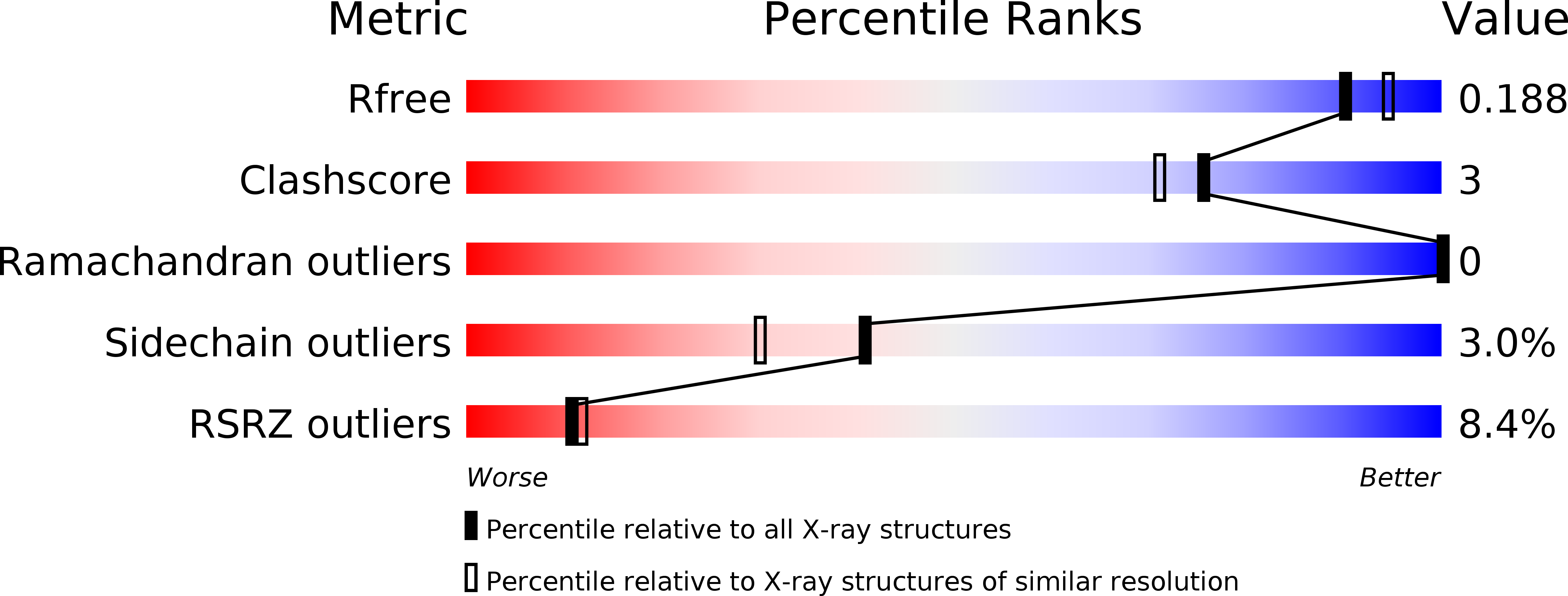
Deposition Date
2013-09-29
Release Date
2013-11-13
Last Version Date
2024-02-28
Entry Detail
PDB ID:
4MZ6
Keywords:
Title:
Structure of importin-alpha: dUTPase S11E NLS mutant complex
Biological Source:
Source Organism:
Mus musculus (Taxon ID: 10090)
Homo sapiens (Taxon ID: 9606)
Homo sapiens (Taxon ID: 9606)
Host Organism:
Method Details:
Experimental Method:
Resolution:
1.88 Å
R-Value Free:
0.19
R-Value Work:
0.17
R-Value Observed:
0.17
Space Group:
P 21 21 21


